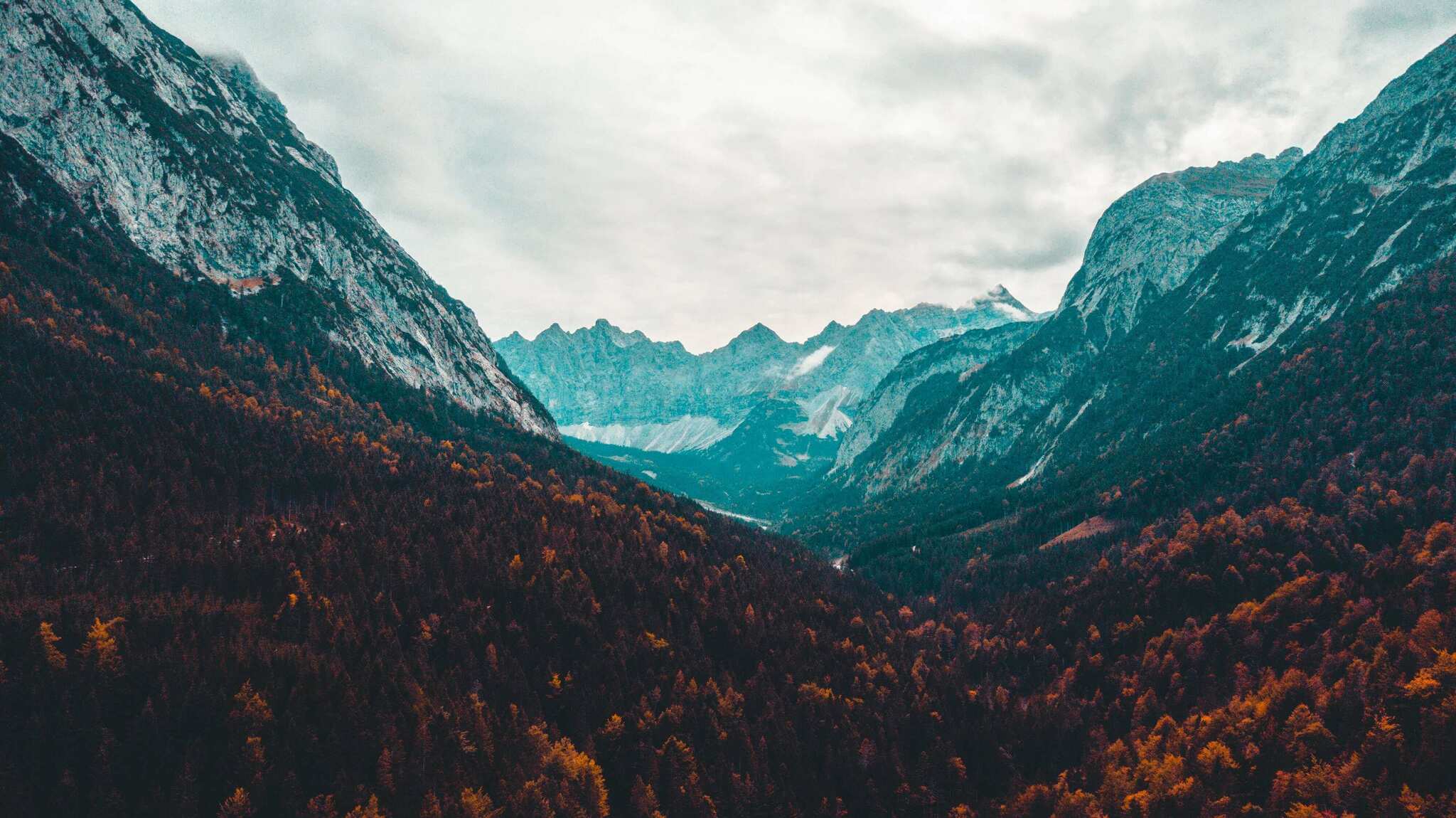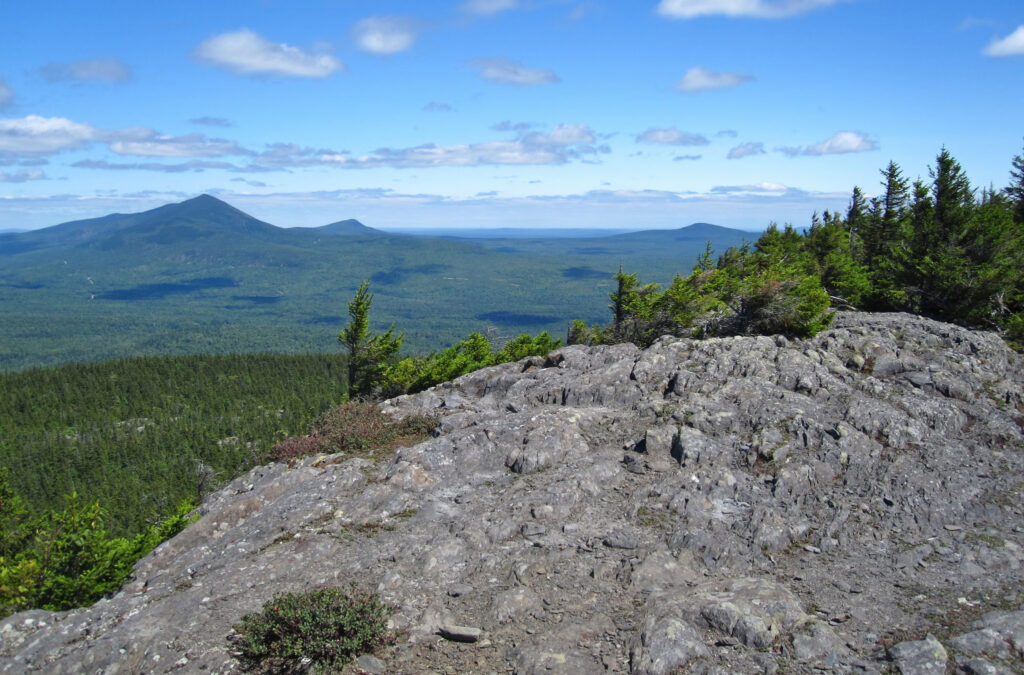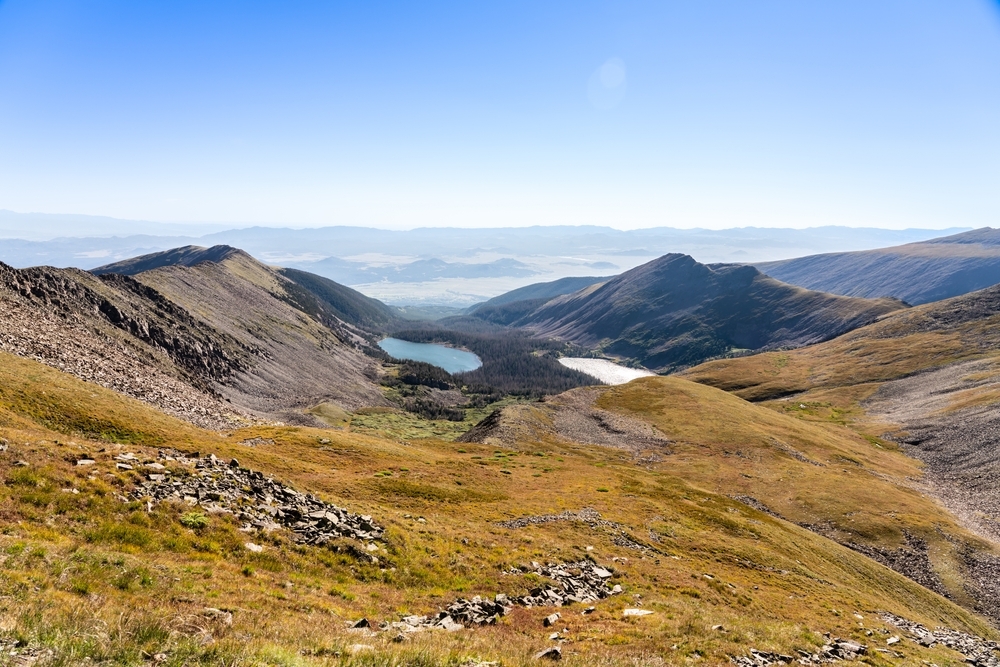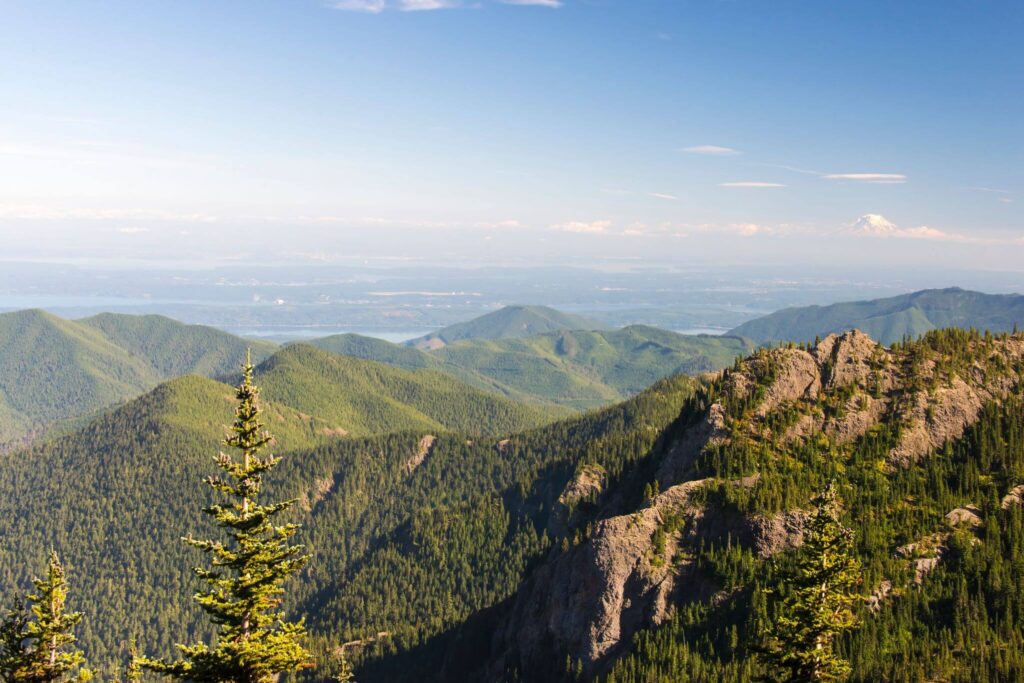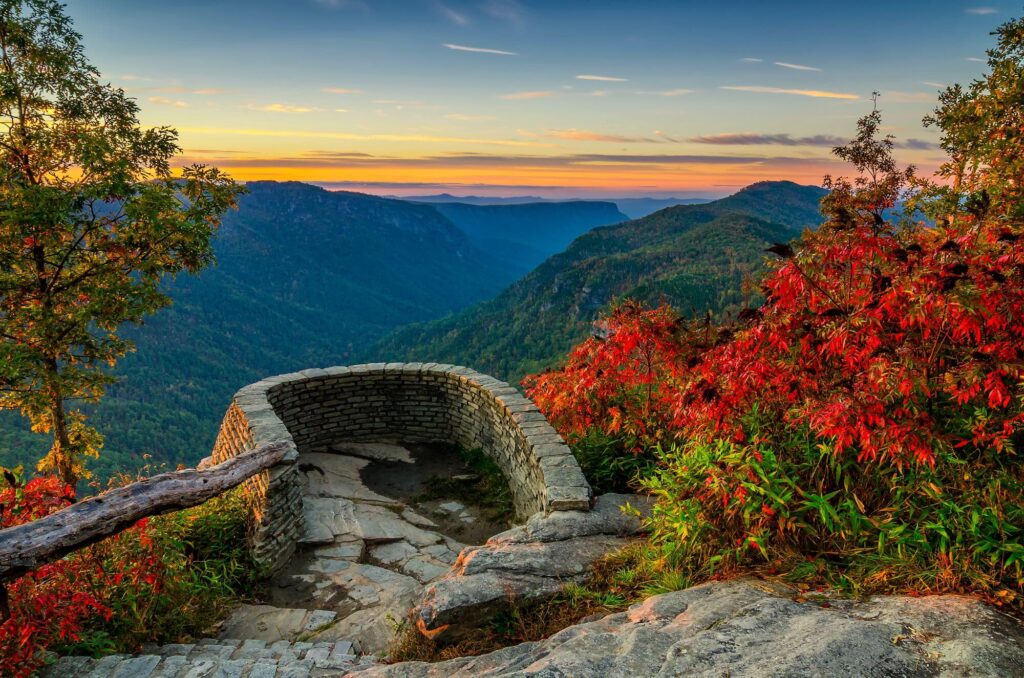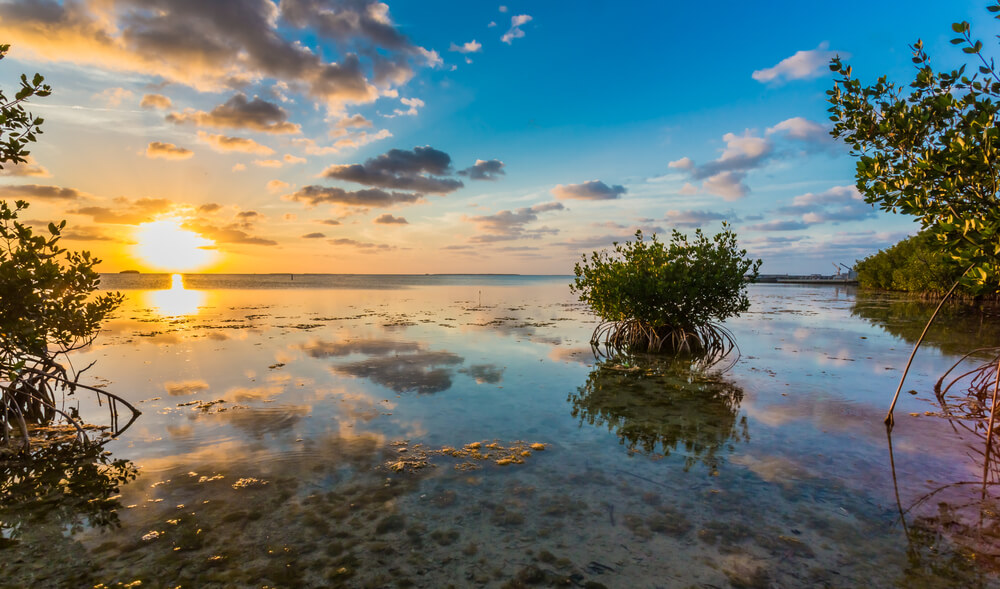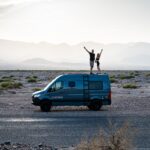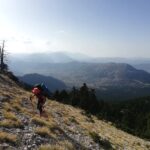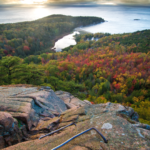You don’t have to head to the Yukon or the Mongolian steppe to find untrammeled off-grid wilderness. Here are a few of our favorites closer to home!
By *Owen Clarke
With eight billion people on our planet (and seemingly twice that number arguing in the comment threads of Facebook posts daily), it sometimes feels like there aren’t any empty spaces left.
But the good news is that most people are too busy watching Netflix or shelling out cash for the latest iPhone to think about getting out and experiencing the wilderness during their free time.
There are still plenty of off-grid destinations—even in the continental United States—where you can get away from it all for a few days (or weeks, or months). You just need some experience, gear, and gumption. But first…
What Does “Off-Grid” Mean?
The term “off-grid” traditionally refers to a home or business being off the public power grid. It is operating or living independently of public utilities like electricity, gas, and water.
The term is still used in that sense today, but many van lifers and outdoors enthusiasts also use “off-grid” to simply mean somewhere far from civilization or otherwise deep in nature.
Basically, when most people talk about off-grid, they mean wilderness. But what is wilderness? In the Wilderness Act of 1964, the federal government defines wilderness as “an area where the earth and its community of life are untrammeled by man, where man himself is a visitor who does not remain.”
So that’s what we’ll be focusing on in this article.
Nine destinations that will take you far, far away from modern life. These are places where you can journey to find yourself (or just stick your head in the sand).
But remember, these places only remain wild with our responsible stewardship. As the act states, these are places “man himself is a visitor who does not remain.” So whether you’re camping in the Montana backcountry dozens of miles from the nearest road or just pitching a tent in your local state park, respecting the land, flora, and fauna ALWAYS comes first.
Practice Leave No Trace principles, adhere to local rules and regulations (especially fire restrictions!), stick to established trails and roads when applicable, and pick up any waste or litter you see. In general, do your best to leave wild spaces better than you found them, so nature lovers can continue to enjoy these places in the future.
NOTE: All the off-grid destinations on this list can be visited year-round (if you’re up for a challenge). However, many are best accessed in certain seasons. Always research temperatures, snowpack, trail conditions, water levels, and upcoming weather patterns before heading out into the wild!
1. The Hundred-Mile Wilderness, Maine
The aptly-named “Hundred Mile Wilderness” is a notoriously rugged 100-mile section of the Appalachian Trail (AT) in Maine, running from the town of Monson north to Abol Bridge in Baxter State Park. It is the final segment of the AT if hiking northbound. Most hikers take a week to ten days to complete this portion. There are no points for resupply or aid, although the Appalachian Mountain Club (AMC) does operate a few huts.
In recent years, a side trail and a few logging roads have opened, offering an escape route for hikers in trouble. Still, most parties attempt to complete this section in the traditional style, without any support or supplies save for what they carry. The Hundred-Mile Wilderness is considered the most challenging section of the entire 2,190-mile trail.
Unlike the other places on this listing, it’s not so much of a “destination” as it is an objective. But it’s a more than worthy goal if you’re looking to get off the grid. Just ensure you have at least a week—and some grit—to spare before you head out.
2. Arc Dome Wilderness, Nevada
Nevada’s largest wilderness area, Arc Dome spans more than 120,000 acres of sprawling high desert off-grid canyons and peaks in the mighty Toiyabe Range, administered by Humboldt-Toiyabe National Forest. The vast majority of the region lies above 10,000 feet. There is a plethora of wildlife to spot, including bighorn sheep and bobcats, not to mention world-class trout fishing in several rivers, such as the Reese River and both South and North Twin Creek.
Named for the Toiyabe Range’s highest peak (Arc Dome, 11,788 feet), the Arc Dome Wilderness is best known for the Toiyabe Crest Trail. This route tracks 70 miles of pristine ridgeline along the top of the Toiyabe Range and is a tremendous objective for anyone itching to get off-grid. The nearest towns are Austin and Tonopah, and the U.S. Forest Service operates ranger stations in both, where you can find maps and other information.
3. Boundary Waters Canoe Area, Minnesota
Containing over a million acres of off-grid wilderness (yes, you read that right) in the northern third of the Superior National Forest, there’s no place quite like Boundary Waters Canoe Area. This U.S.-Canada border region was scoured by glacial melt, carving out towering rock spires, rocky shores, sandy beaches, and jagged canyons, not to mention a few thousand lakes and streams—many housing small islands—all surrounded by miles upon miles of dense forest.
There are dozens of notable animal species in the Boundary Waters Canoe Area, including badgers, mink, moose, bald eagles, painted turtles, porcupines, river otters, black bears, snowshoe hares, cougars, coyotes, snapping turtles, red foxes, and timber wolves.
A paddler’s paradise, Boundary Waters offers over 1,200 miles of canoe routes, along with 12 hiking trails and over 2,000 designated campsites. If a few days or weeks on the water is what you’re looking for, Boundary Waters is hands down the best freshwater destination in the United States.
4. Sangre de Cristo Wilderness, Colorado
The Sangre de Cristo (219,891 acres), Spanish for “Blood of Christ,” is probably my favorite wilderness region in Colorado.
I spent recently spent a couple of years climbing all 58 of Colorado’s 14,000-foot peaks alone, and the Sangres house almost all of the best mountains in the state, from the tenuous scrambling and dramatic elevation shoots on Crestone Needle and Crestone Peak to the loose and rugged Little Bear-Blanca-Ellingwood cirque. Another favorite, Kit Carson (14,171 ft), is accessible via a 4th class North Ridge that is certainly one of the best scrambles in the Colorado Rockies.
The off-grid wilderness contains over 180 miles of trails, many terminating at remote alpine lakes surrounded by awe-inspiring peaks. For a different experience, check out Great Sand Dunes National Park and Preserve, also part of the Sangre de Cristo Wilderness.
5. Olympic (Daniel J. Evans) Wilderness, Washington
At close to a million acres, Olympic is the largest national park in Washington, 95% of which is designated as the Daniel J. Evans Wilderness Area. But what really makes this destination unique is the shocking array of biodiversity found amid these snow-capped mountains, old-growth forests, and harsh coastline.
Olympic contains several distinct biospheres, including subalpine forests, wildflower meadows, temperate rainforests, and the Pacific coastline. Stretching 48 miles, the coast alone is a wonderland of sea stacks, tide pools, and rainforests.
The park houses over 600 miles of trails, so there’s more than enough space to get away from it all, and its rainforests receive a whopping 12 to 15 feet of precipitation each year. Mt. Olympus (7,980 feet), the highest peak in the region and the high point of the Olympic Mountains, gets over 100 feet of snow each year, capping the largest glacial system in the contiguous U.S. (after Mt. Rainier and Mt. Baker) is.
Need more convincing? Olympic is one of only a few U.S. national parks designed as both a UNESCO International Biosphere Reserve and a World Heritage Site.
6. Linville Gorge Wilderness, North Carolina
The Linville Gorge Wilderness claims 11,653 acres of mountains and forests in North Carolina. At its heart is a 12-mile gorge carved by the powerful waters of the Linville River. These rugged, jagged peaks house a variety of famous rock formations, such as Sitting Bear, Hawksbill, Table Rock, and the Chimneys, as well as stands of virgin timber.
The Gorge is perhaps best known for climbers—this wilderness region is where I learned to trad climb as a kid—but it also houses around 40 miles of hiking trails. Linville is fairly popular, but there are a handful of more remote regions, namely south of the famous “Chimneys” peaks, as well as the woods around Conley Cove in the west and Brushy Ridge in the north.
7. Absaroka-Beartooth Wilderness, Montana & Wyoming
Split between Montana and Wyoming, the 937,102-acre Absaroka-Beartooth Wilderness is named for the Absaroka and Beartooth mountain ranges, which stretch across the region. The Beartooths, which are home to Montana’s tallest summit (Granite Peak—12,799 ft), contain a slew of peaks over 12,000 feet and are best known for their sprawling, treeless plateaus, cut through with canyons and gullies. There are also a staggering array of glacial alpine lakes.
The Absarokas, although slightly lower in elevation, are just as beautiful, rife with glaciers, crystal-clear streams, and tundra plateaus. The Absarokas are also much more heavily vegetated, with verdant forests and wide alpine meadows.
Both off-grid wilderness regions have numerous iconic fauna species, including bighorn sheep, elk, moose, marmots, coyotes, black bears, wolves, and even grizzly bears. Together, the Absaroka-Beartooth offers over 700 miles of hiking trails, though much of this network is under heavy snow until late July.
8. Black Fork Mountain Wilderness, Arkansas & Oklahoma
The Black Fork Mountain Wilderness is another wilderness region that crosses state lines (Arkansas and Oklahoma), although at 13,347 acres, it’s far smaller than the Absaroka-Beartooth. The wilderness is best known for the 13-mile-long ridgeline of Black Fork Mountain (2,661 ft). You’ll find scree slopes and sandstone bluffs looming above dense oak and pine forests, along with many unique endemic plants, like serviceberry and granddaddy graybeard.
Despite its small size, the Black Fork Mountain Wilderness is notoriously rugged. Save for the Ouachita River and Big Creek on the edges of the territory (and a couple of seasonal mountain springs), it has no water whatsoever, and there are only a couple of established trails. In fact, the Oklahoma portion of the wilderness has no maintained trails.
The best-known established trail is Black Fork Mountain Trail on the Arkansas side. This six-mile route tracks past a number of 1800s-era pioneer sites to the summit of Black Fork. Animals found in the Black Fork Mountain region include black bears, white-tailed deer, skunks, bobcats, and pheasants.
9. Florida Keys Wilderness
I grew up in Alabama, so the Gulf has always held a special place in my heart. There may not be large swathes of wilderness here, but there are a slew of barrier islands to explore all along the coastline, from Texas to Louisiana to Florida.
In truth, the Florida Keys Wilderness may not be the most remote of these regions, but—stretched out at the end of U.S. Highway 1 like a handful of dice cast into oblivion—these little islands certainly feel like the end of the world.
The Florida Keys Wilderness encompasses over 6,000 acres and includes dozens of keys. You can see a complete list HERE. Snorkeling, scuba diving, and fishing are all excellent in the Keys, but it’s that sublime combination of endless sea and sky that really makes this place special.
Conclusion
There are over 800 wilderness areas in the United States, covering a jaw-dropping 111.7 million acres. The nine destinations listed here are just a few of our favorites.
As you explore the staggering array of wilderness our nation has to offer, remember to stay clean with BODDI—but more importantly, remember to treat the land, plants, and animals living on it with respect so that these pristine wilderness regions remain untrammeled for future generations.
Contact us to tell us about your off-grid adventure!
Please refer to the private policy for website practices, disclaimers, and disclosures.
Please refer to boddiskin.com for the most accurate and up to date information about BODDI products.
* Owen Clarke is an American action sports and adventure travel journalist focusing primarily on climbing and motorcycling. His work appears in 50+ international magazines, including Outside, Travel + Leisure, Climbing, Iron & Air, Trail Runner, Backpacker, SKI, Rock and Ice, Yoga Journal, and Clean Eating. Owen is the editor-at-large of The Outdoor Journal, editor of Climbing House, a former columnist and editor-at-large for Climbing and Rock and Ice magazines, and the former executive editor of Skydiving Source, among other roles. He is also a leading writer for the 3D alpine navigational tool PeakVisor.

